Blue Wild Lupine Seed Meadow or Border Perennial Native Seeds
Lupinus perennis:
Uses: Native flower – Spring Pollinator
DESCRIPTION: Perennial Lupine is in many prairie meadow seed mixes, Lupins are also often used in garden borders and container plantings.
Sundial Lupins are a great wildlife food source and habitat, easily grown in wildflower gardens, looks particularly effective amongst native Coreopsis and Rudbeckia or for Non-native plant lovers try white Ox-Eye daisy and blue Coneflowers and lots of meadow grasses.
NAME: Lupinus perennis
COMMON NAMES: Sundial lupin, Perennial Lupine, Wild Lupine
FEATURE: Meadows and Prairie Planting adapts well to garden borders
SEED TYPE: Perennial Large Seed
FLOWER TIME: May – July
ZONE: 3 – 8
HEIGHT: 3 – 4′
WIDTH: 3 – 4′
LIGHT: Sun-Part Shade
MOISTURE: Average – Dry
QUANTITY: 25 Seeds
OTHER: Perennial Blue Lupin is native to much of the North Eastern USA and is not an invasive species, it does self-seed and unwanted seedlings or young plants should be removed.
** Check out our other North American Native Flowers!! **
PLEASE VISIT MY STORE FOR NATURAL AND NATIVE FLOWERS, VINE, TREE, SHRUB, HERB, FRUIT, & VEGETABLE SEEDS!!!
Germination time: From 4 to 21 days
Planting Depth: 1/8″ to 1/4″
Sunlight: 6 to 8 hrs minimum for germination
Start indoors 6 weeks before the last frost date and transplant or plant seeds in fall outdoors
Plant seeds or thin to 12″ apart
SOWING TIPS: Blue Wild Lupine Seed Meadow or Border Perennial Native Seeds – Lupin
Cold Stratification or Direct Sowing: Recommended. (See Winter Jug Method )
Direct sow seeds in fall and allow seeds to naturally cold stratify. When starting seeds indoors, sow finely and barely cover seeds with soil. I recommend sowing these seeds, direct in Fall on a prepared seedbed or garden container, water well, and protect from winter weather with a fabric fleece if some seeds germinate early. Also known as cold stratification and can be completed anytime of the year by placing seed packs in a cool drawer of a refrigerator for 4-12 weeks to break seed dormancy.
1) Sow direct in a prepared weed-free seedbed
2) Cold frame sheltered location in small pots outdoors
3) Under lights indoor grow room
4) Bright windowsill with drip tray and propagator cover
I like to grow in pots this way you can break dormancy, simply by moving the pots around and most seeds germinate in batches, care must be taken when picking out to avoid disturbing emerging seedlings.
Pot young plants on until large enough to plant out, this native plant mix prefers poor soil in full sun.
Full instructions, border design and planting ideas available online by searching igrowhort native-seed-collections.
MOIST STRATIFICATION will help seed germination~ to do so, place seeds in moist sand or peat in the refrigerator for about 6 weeks prior to planting. Keep the medium and seeds in a sealed ziplock baggie to hold in moisture. Remove them after the stratification period, and plant them in the seed mix or.
or HOT WATER SCARIFYING can be used to speed up the germination process, simple drop the seeds into pre-boiled water that has chilled for 30 seconds allow them to soak for 24hrs before sowing.
Keep soil moist, not wet. At the end of the cold stratification, keep pots covered and place them in a warm, sunny location. Remove zip-lock bag as seedlings appear.
Easy to grow sow seed and inert mixer, direct where you would like them to flower, in Fall or Early Spring, or start in small pots on a window sill several weeks before the last frost in your area.
Seed Count:
Average of 25+ seeds per pack, shipped tracked for your convenience
Native plants maintain balance and provide habitat and eco-systems for resident and migratory wildlife. Due to many years of ecological destruction, development and toxic pollution many native wild flowers, and wildlife are under-threat of extinction.
We all have an important role to play, no matter how small your garden or balcony a few plant pots filled with natives instead of alien ornamentals of genetic hybrids that offer very little to no benefit to feeding insects and birds.
Time to make a small difference on a global scale and encourage our neighbors friends and families to sow a patchwork quilt of native wildflowers like a blanket to protect our sacred planet!

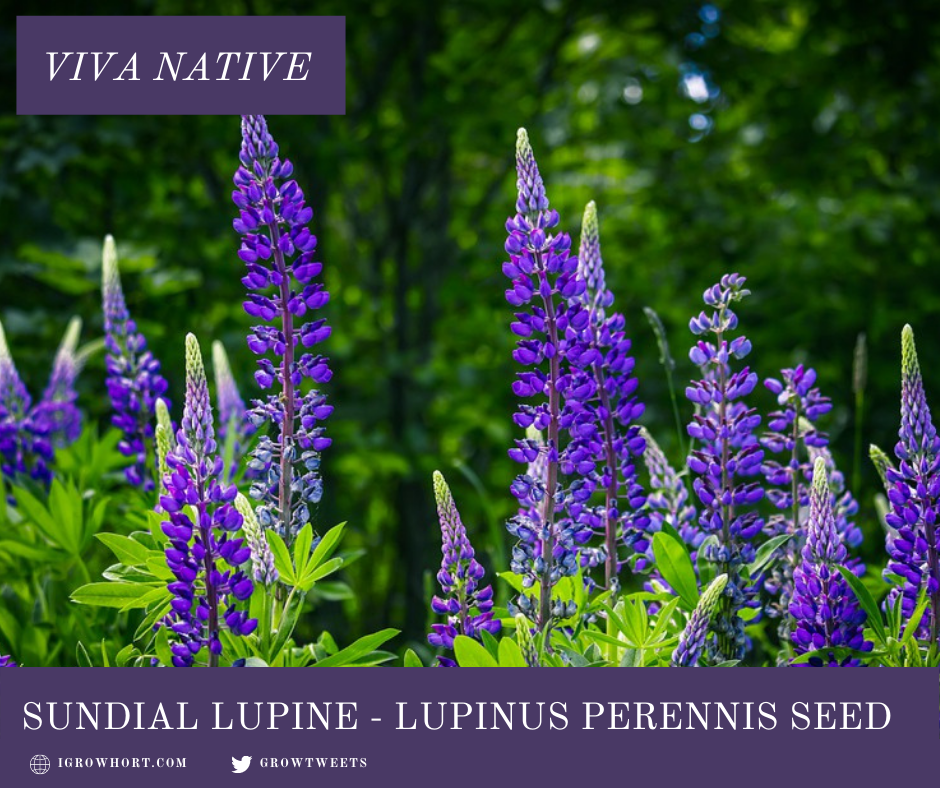
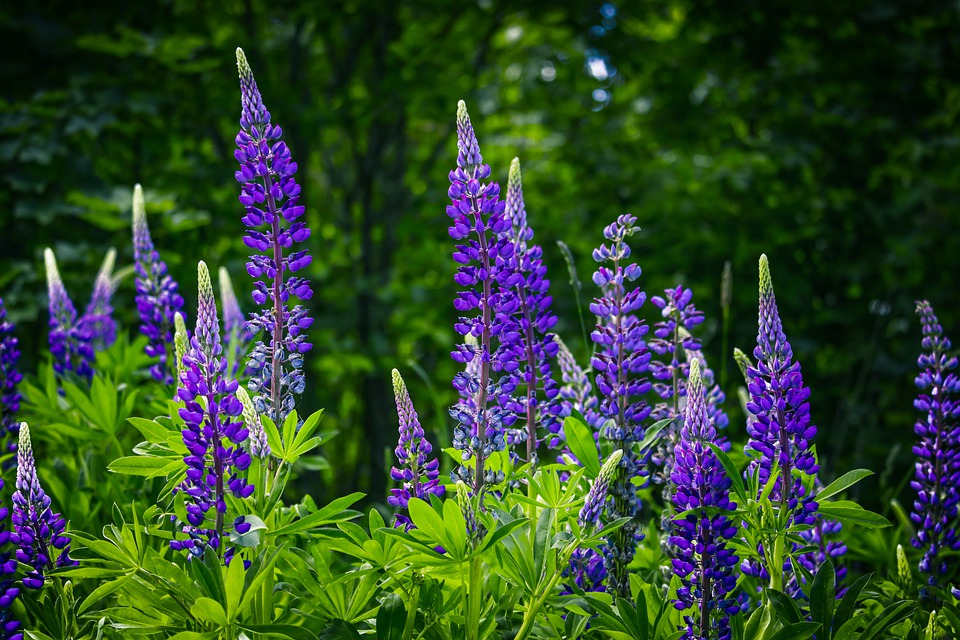

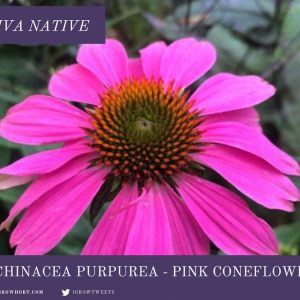
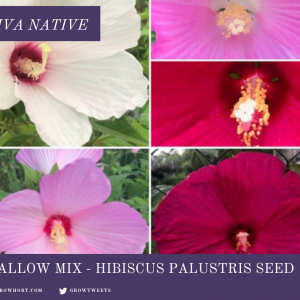
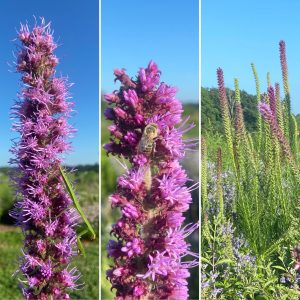
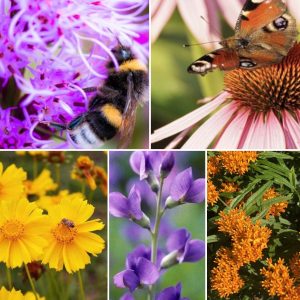

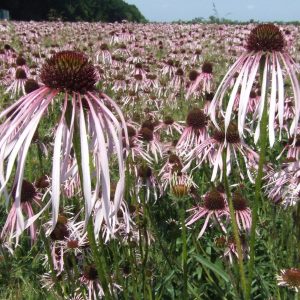
Reviews
There are no reviews yet.